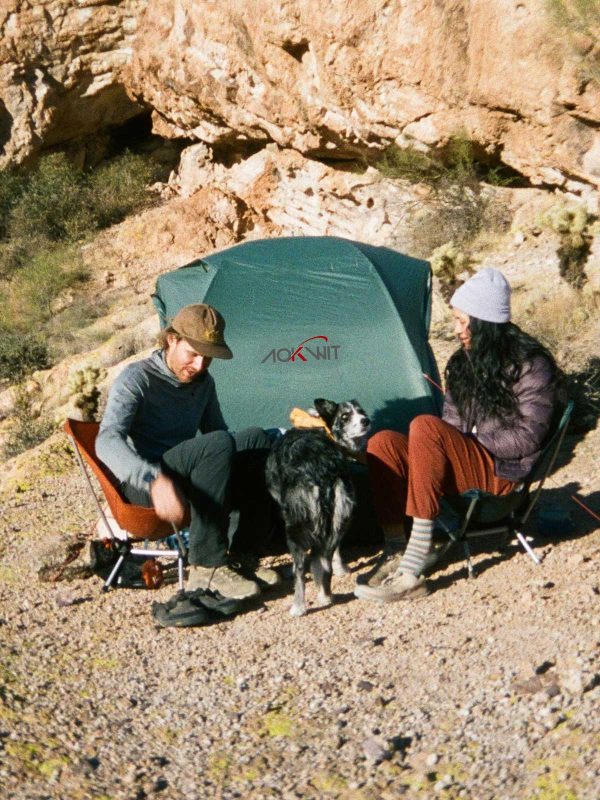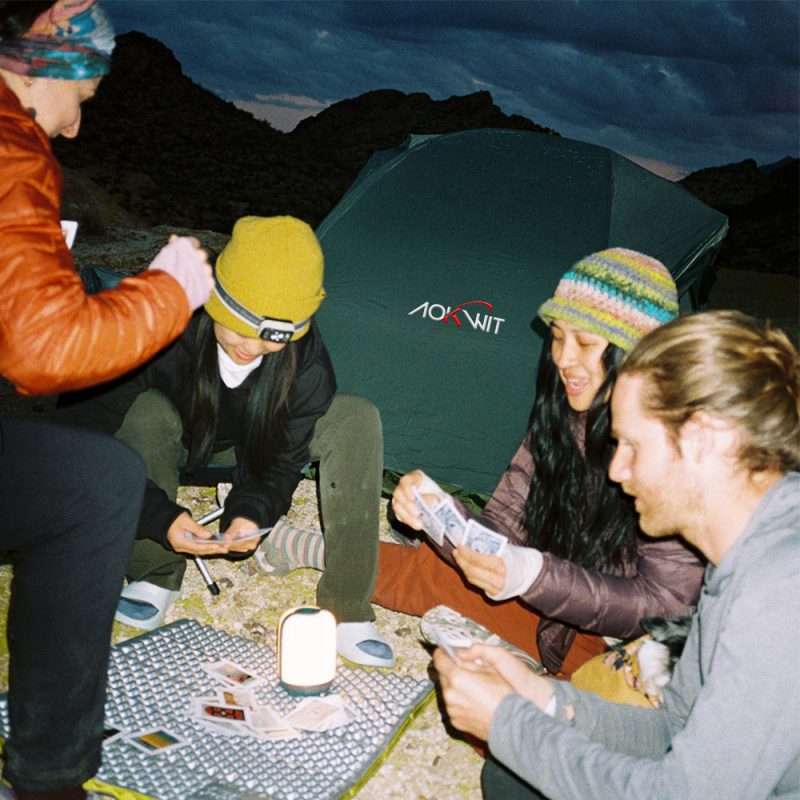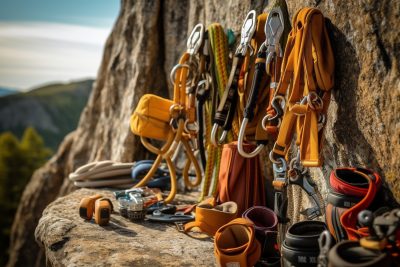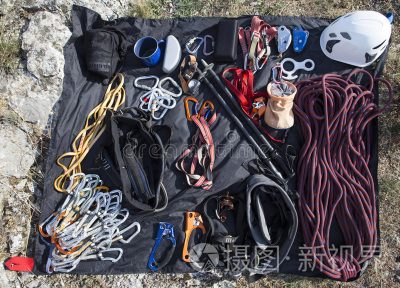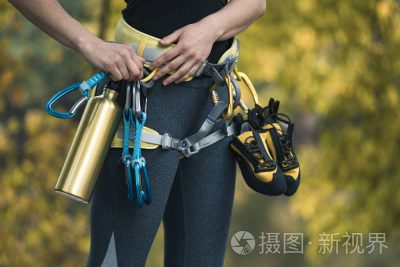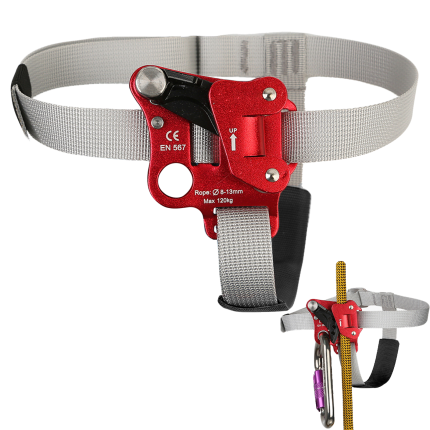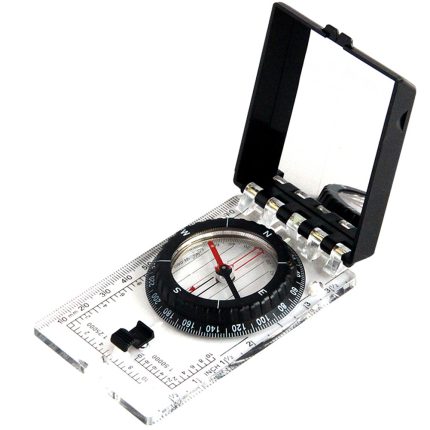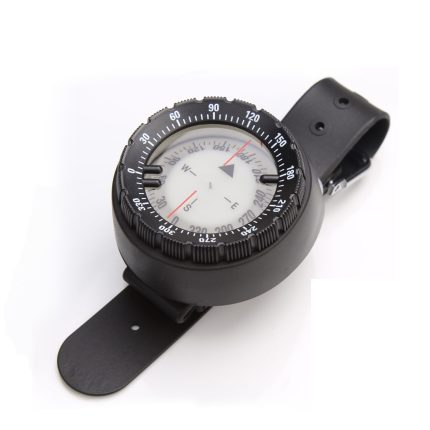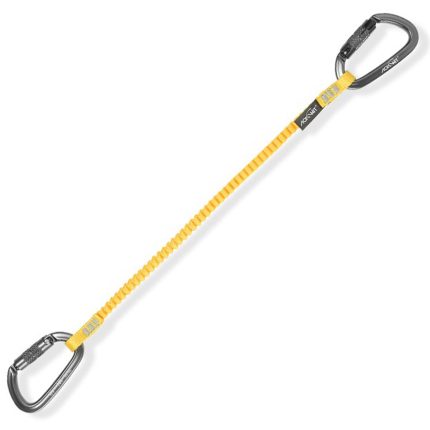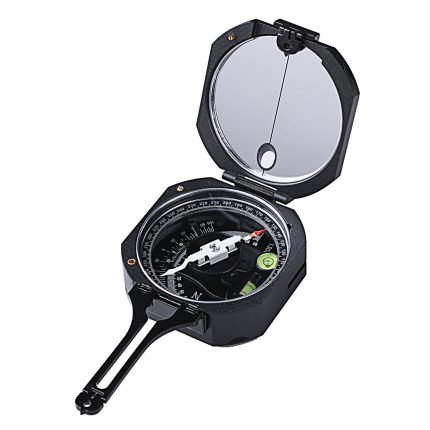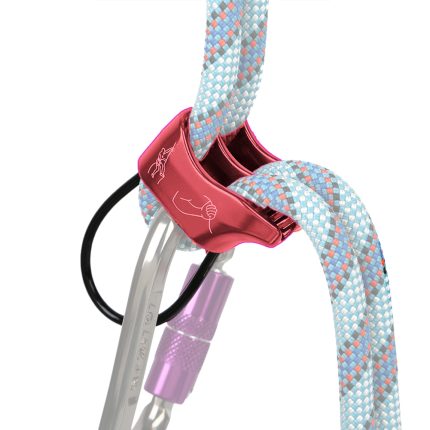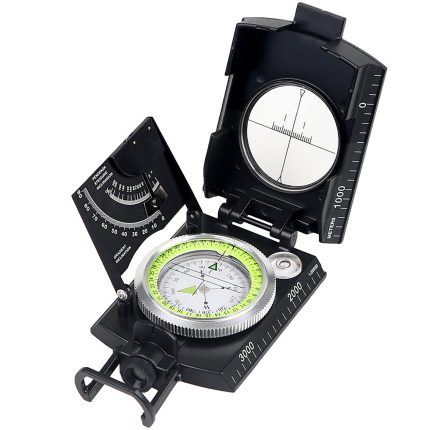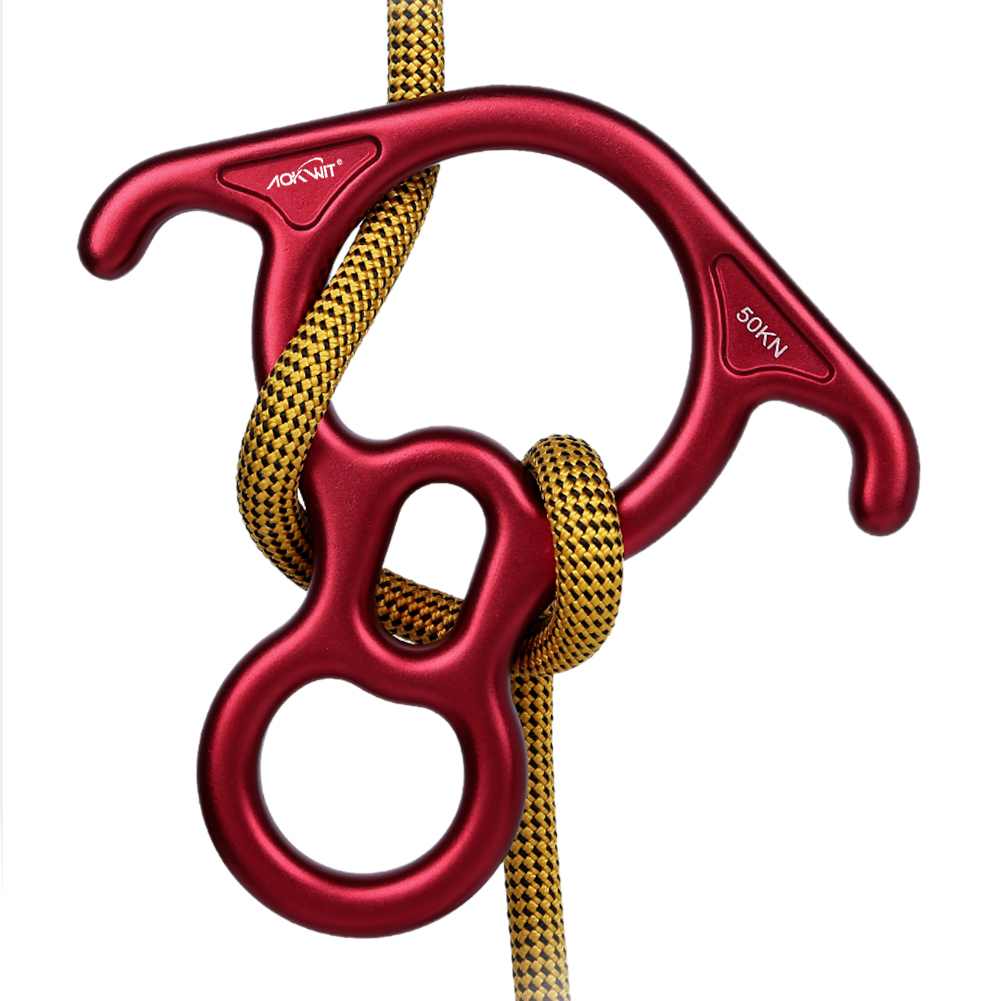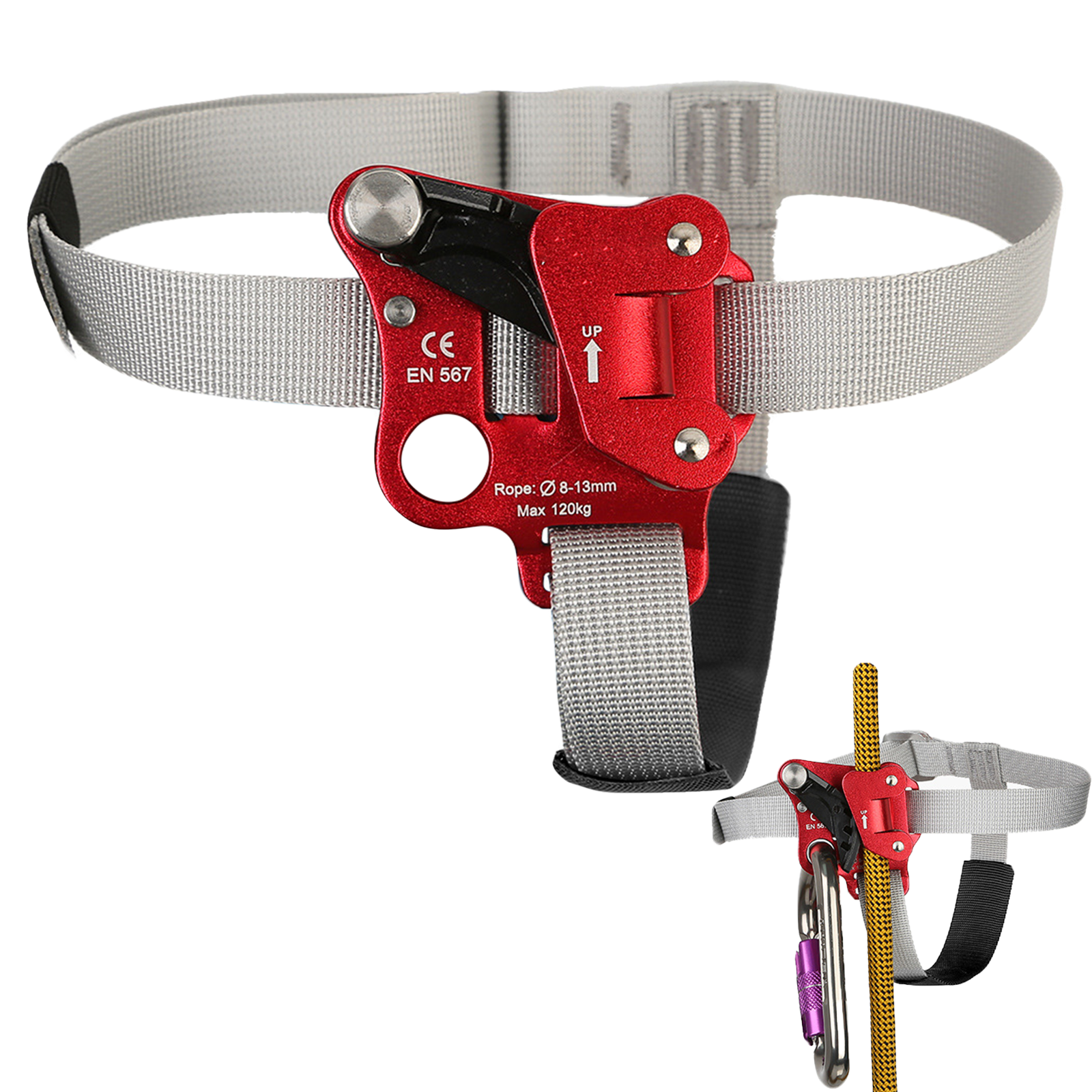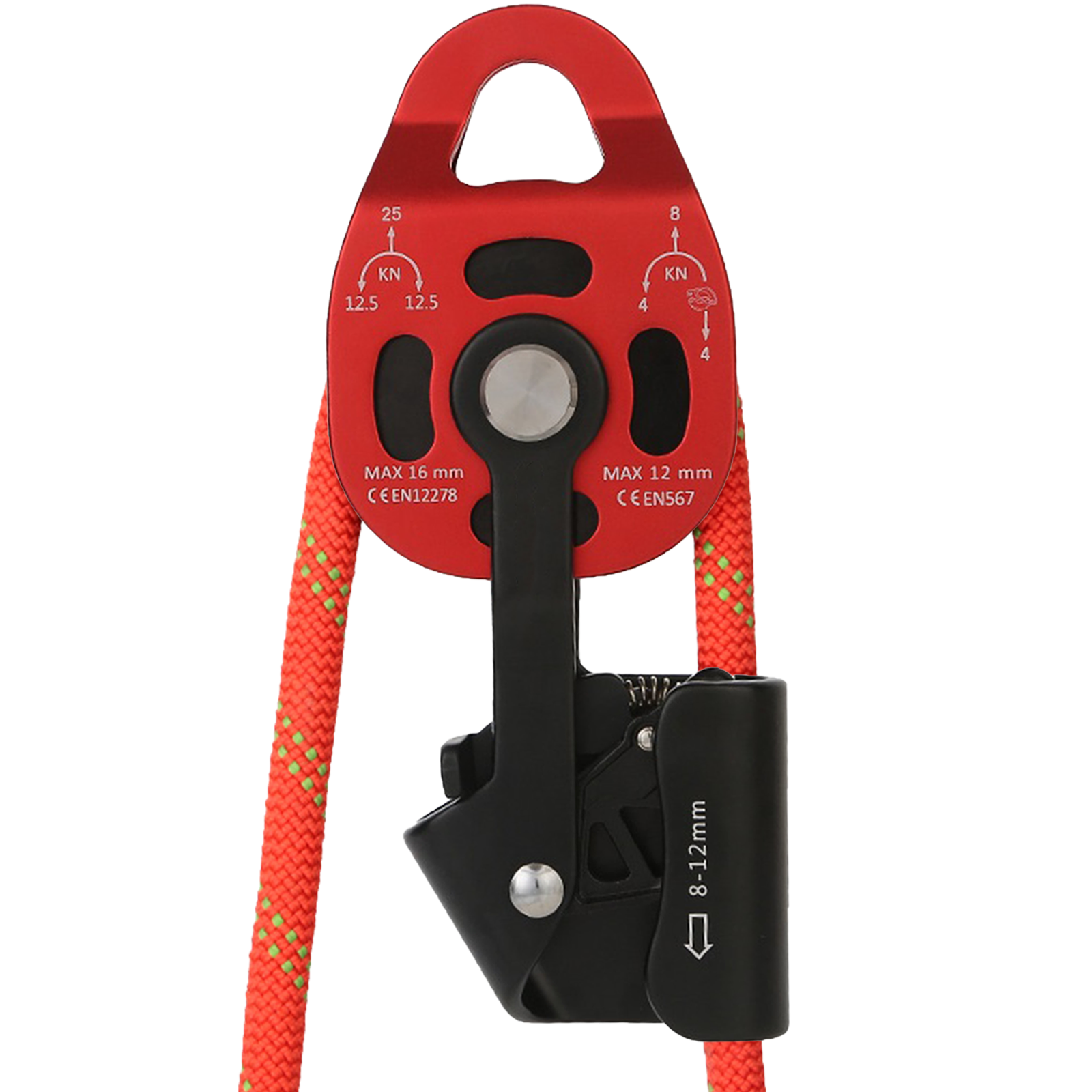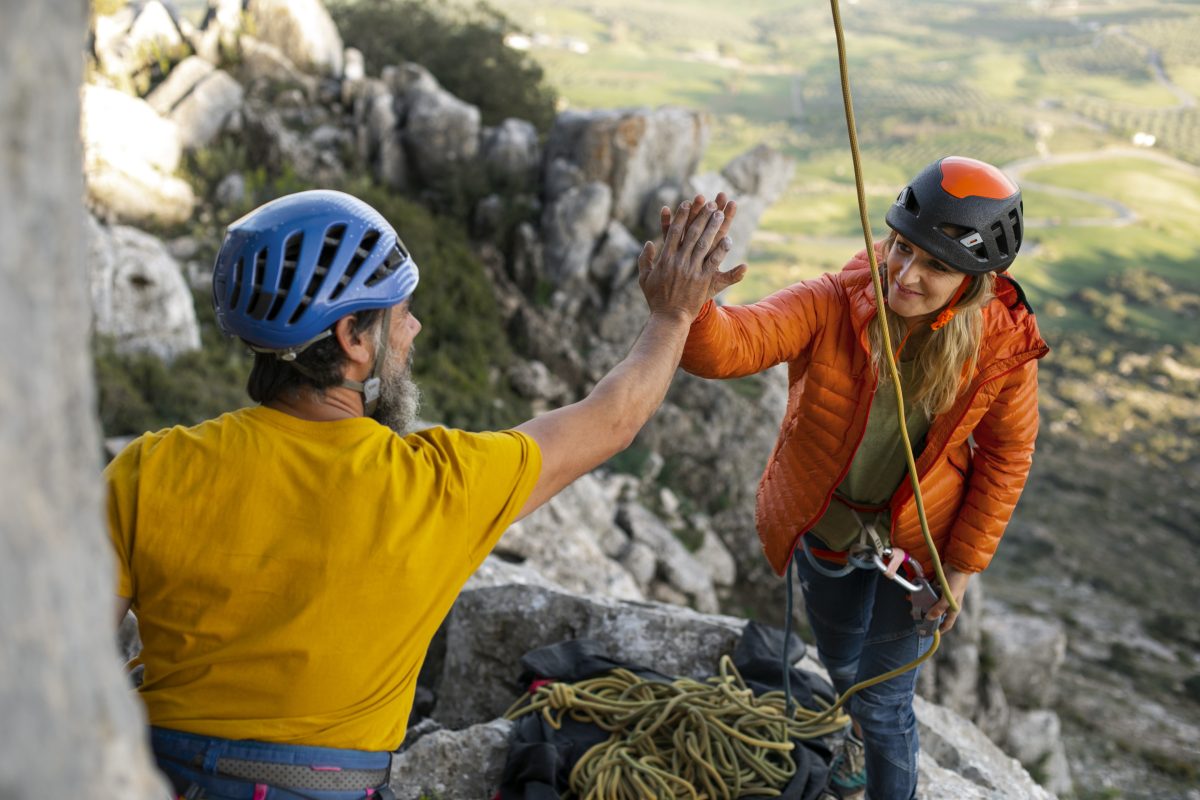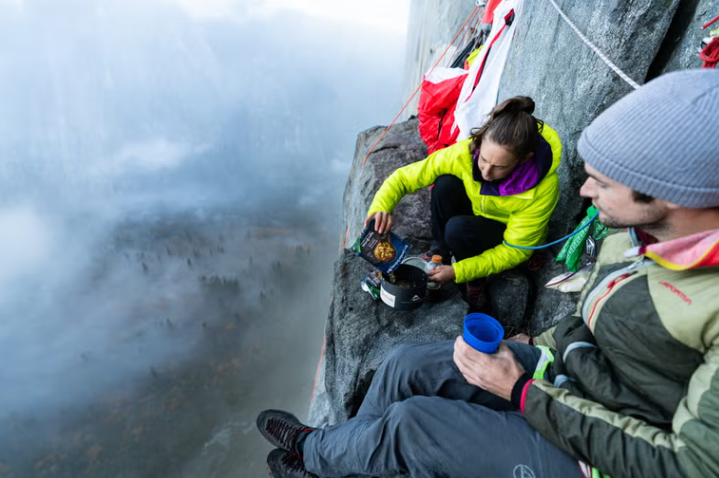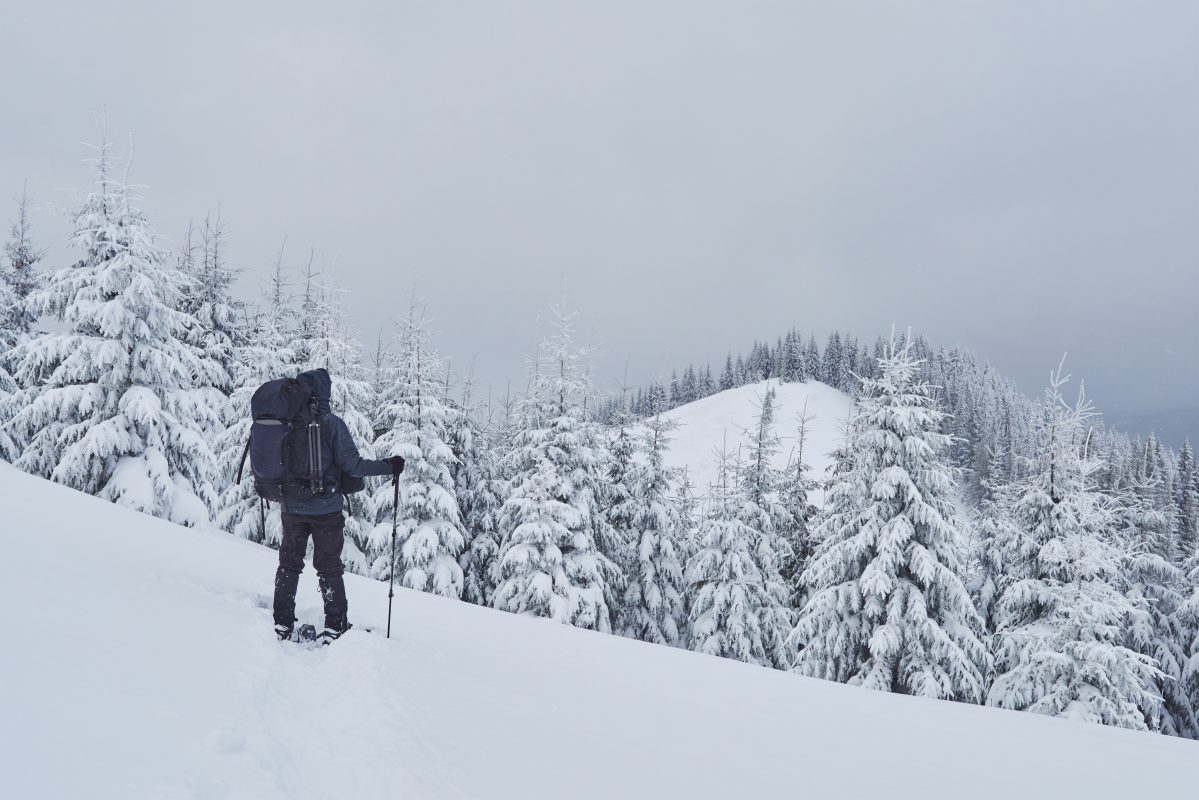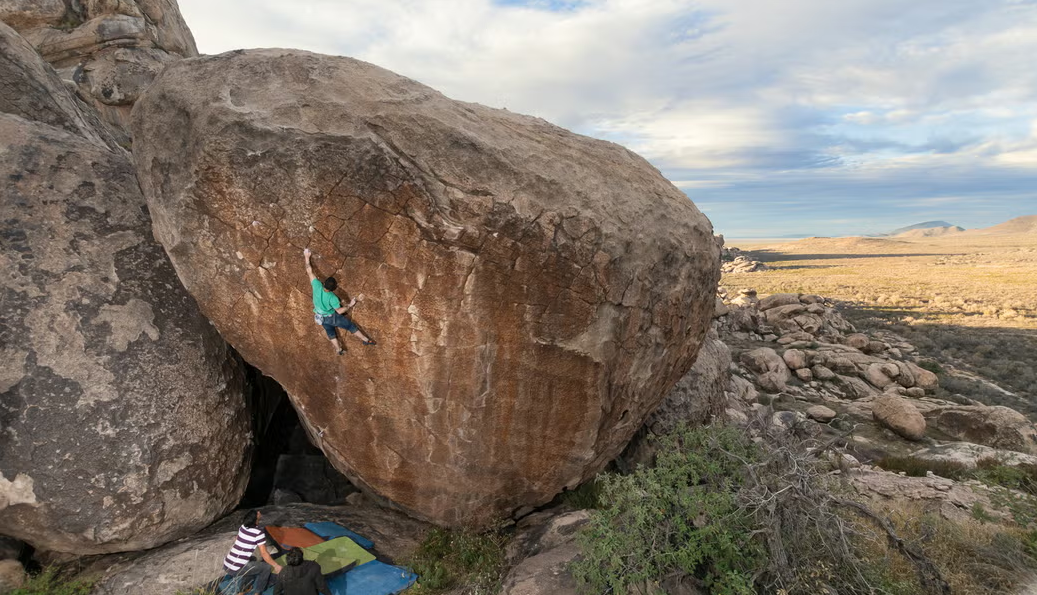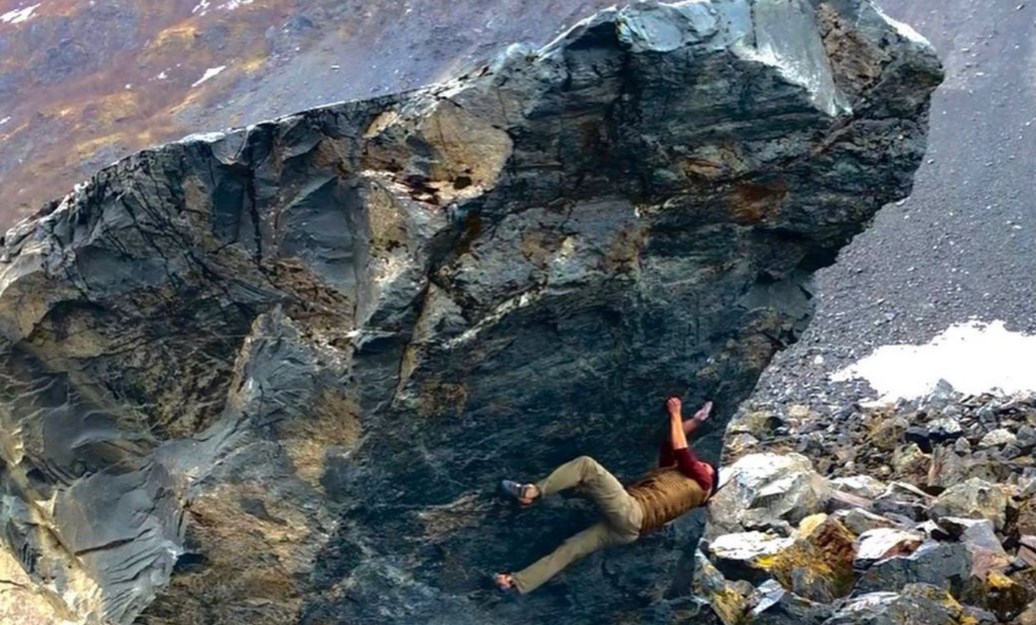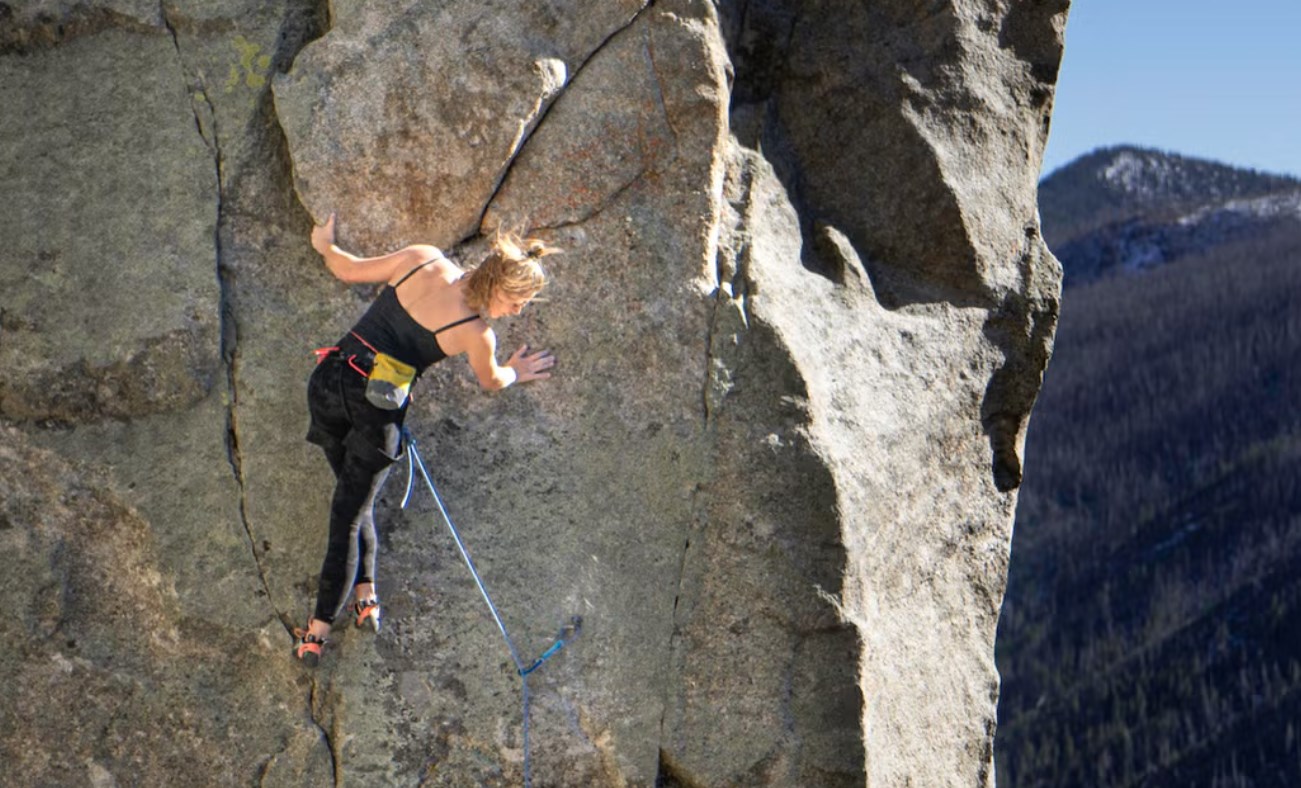High Altitude Adaptation: Principles, Strategies, and Techniques
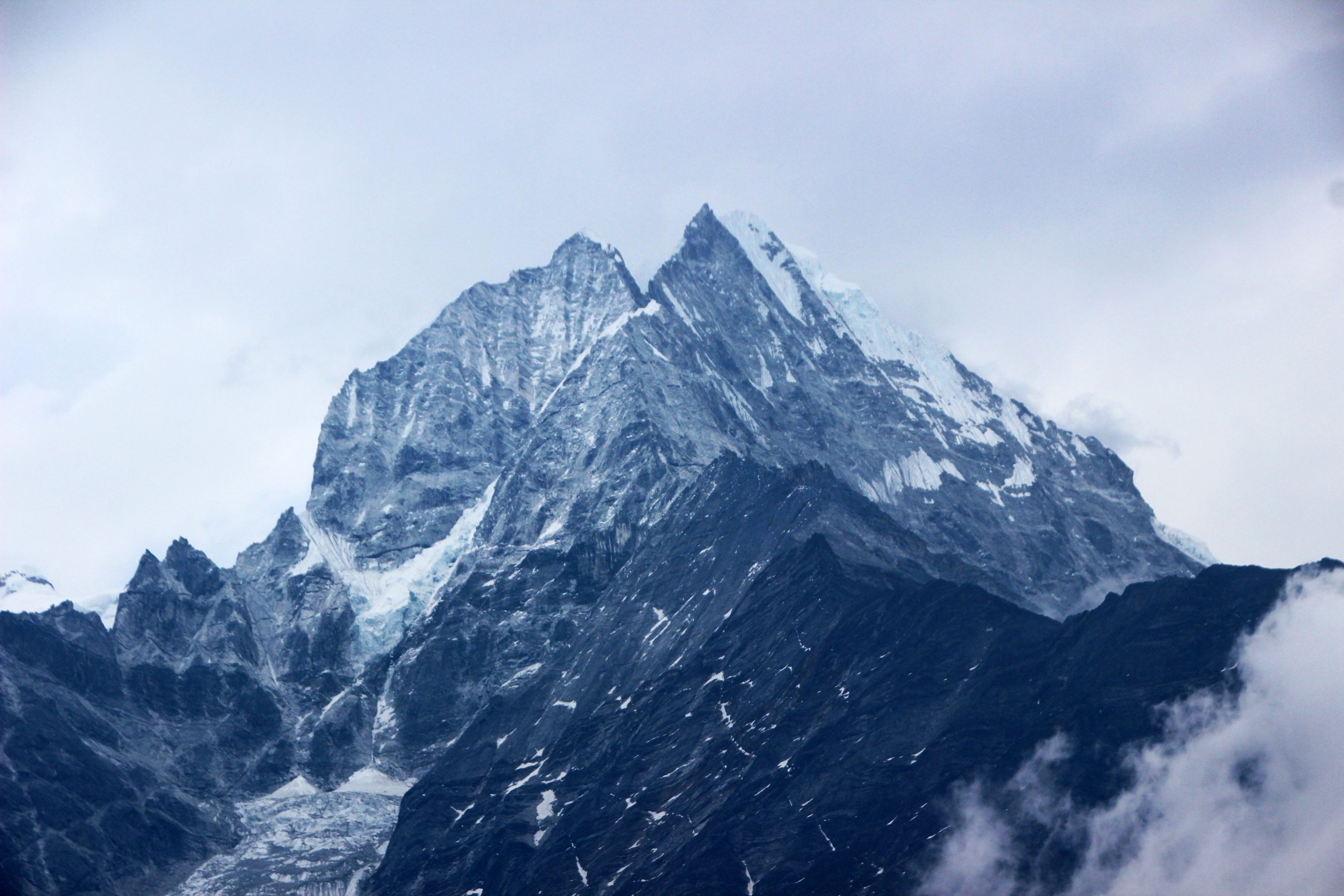
It is well-known that the human body requires oxygen to perform physical activities. The same amount of exercise, such as running 1 kilometer, demands the same oxygen consumption from muscles whether performed at sea level or at 8,000 meters above sea level.
In the field of sports, particularly running and cycling, maximal oxygen uptake (VO₂ Max) is a widely used metric to evaluate aerobic capacity.
While VO₂ Max can improve with training, the same individual’s VO₂ Max at the summit of Mount Everest is only 20% of that at sea level. In other words, performing the same action at the summit would take five times longer than at sea level.
This occurs due to reduced oxygen availability at high altitudes. Although the lungs and circulatory system work harder to compensate, lung capacity has inherent limits, leading to a drastic reduction in oxygen delivery to muscles per minute.

I. Physiological Changes at High Altitude
1.Immediate Responses
- Increased heart rate, rapid breathing, and elevated blood pressure.
- Accelerated respiratory rate leads to faster expulsion of carbon dioxide, raising blood pH (alkaline).
2.Intermediate Adaptation (7–10 days)
Red blood cell production: Bone marrow begins producing new red blood cells, which take 7–10 days to mature.
- Immature red blood cells occupy plasma volume, temporarily reducing total blood volume.
- After maturation, total blood volume increases, enhancing oxygen transport capacity.
Muscle and vascular adaptations:
- Muscle fiber volume decreases, while capillary density increases, shortening oxygen diffusion distance.
- Another physiological change during high-altitude adaptation is accelerated expulsion of carbon dioxide due to increased respiratory rate, further elevating blood pH (alkaline).
- Finally, at high altitudes, muscle fibers shrink, and capillary density rises—natural adaptations to minimize oxygen delivery distance.

II. Strategies for High Altitude Adaptation
Strategy 1: Climb High, Sleep Low
This strategy involves gradual ascent but emphasizes that the daily elevation gain for sleeping should not exceed 300 meters.
This slow pace is critical for most climbers to maintain patience and ensure successful summit attempts.
Advantages: Gradual progression reduces the risk of acute mountain sickness (AMS).
Strategy 2: Climb High, Sleep High, Descend to Base Camp
Known as the “Soviet Strategy”, promoted by former Soviet mountaineering teams, this approach differs from Strategy 1. During acclimatization, climbers carry minimal gear to a high altitude, sleep there, then descend to base camp the next day. After several days of rest, they repeat the process until fully acclimatized.
Advantages: High-altitude exposure accelerates adaptation, while low-altitude recovery optimizes physical readiness.
We favor Strategy 2. Sleeping at high altitude allows the body to experience the stress of elevation, while base camp’s relatively higher oxygen levels provide optimal recovery conditions, preparing climbers for subsequent ascents.
In modern high-altitude expeditions, some climbers descend further than base camp for better recovery. For example, during Everest expeditions, those with sufficient resources may fly by helicopter to Kathmandu, rest for days, and return to base camp refreshed.
A final reminder: The recommended acclimatization altitude should be ~1,000 meters below the target summit elevation to maximize adaptation without overexertion.

III. High Altitude Adaptation Techniques
1.Diet and Hydration Management
Dietary Principles:
- Eat small, frequent meals, especially within the first 6 hours at a new altitude.
- Avoid excessive fat intake (increases cardiopulmonary burden); prioritize scientific caloric reduction through training.
- Prioritize palatable foods; avoid cooking with snowmelt pots (reduces appetite).
Hydration:
- No need to strictly adhere to 6 liters daily; slightly yellow urine is acceptable.
- Carry flavored drink mixes to encourage fluid intake.
2.Training and Physical Preparation
- Frequent climbs on 3,000–4,000-meter peaks to enhance altitude adaptability.
- For technical peaks (e.g., below 6,000 meters), complete non-technical routes before attempting technical ones.
3.Environmental and Gear Optimization
Sleep Comfort:
- Use single-person tents to minimize disturbances; place warm water bottles in sleeping bags for insulation.
- Keep a urine bottle inside the tent to avoid nighttime exits.
Caffeine Management: Follow daily habits; no need to abstain abruptly (prevents additional adaptation stress).
4. Health and Hygiene
Choose accommodations with good sanitation to avoid illnesses that could derail training progress.

IV. Conclusion
Altitude adaptation is arguably the most challenging and unpredictable aspect of mountaineering—yet it is the critical final step. Without proper acclimatization, years of accumulated running, rock climbing, ice climbing skills, and physical fitness become unusable on the mountain.
A robust cardiovascular system ensures foundational capacity, but optimal physical and mental states are equally vital—akin to clear weather in the mountains.
High-altitude adaptation is complex. The best way to master it is to spend time in the mountains, accumulating experience at elevation.







